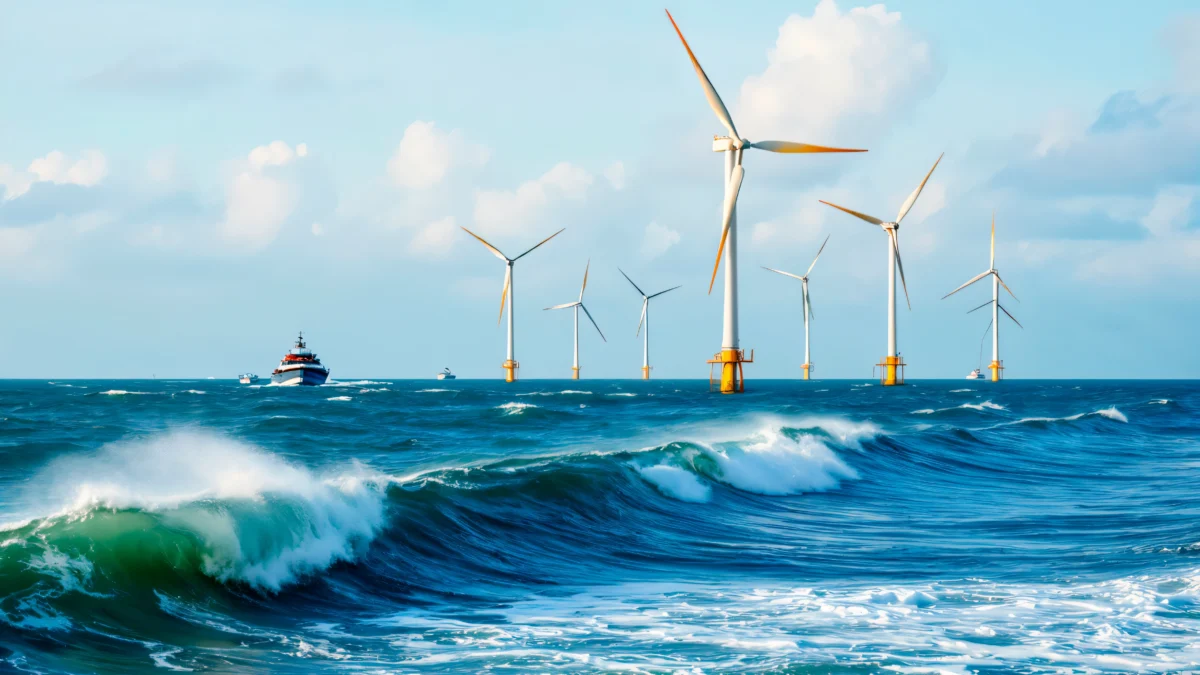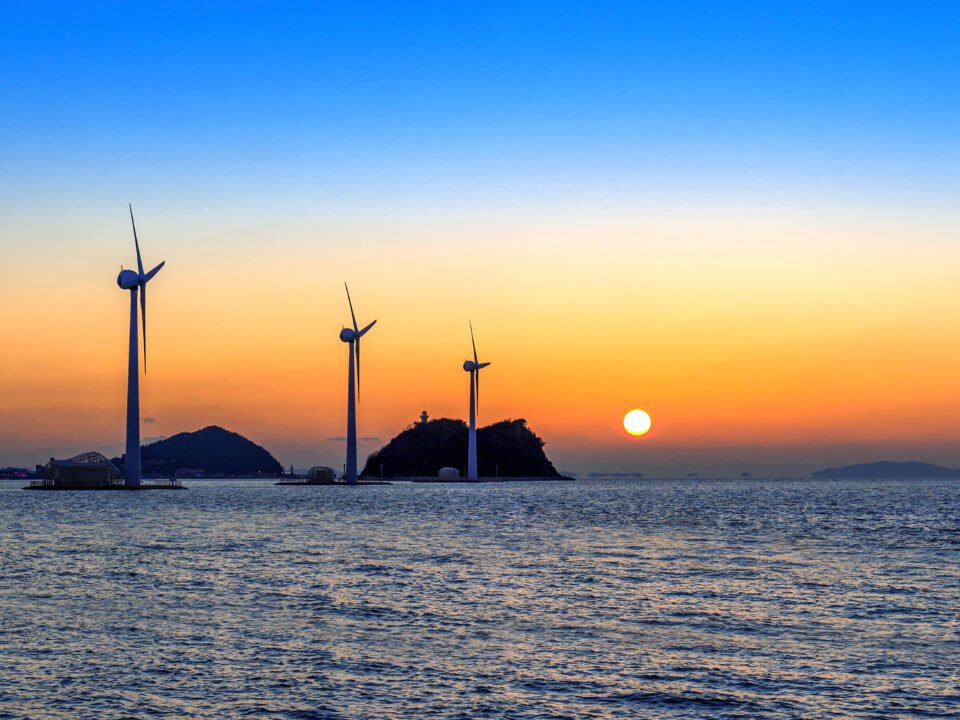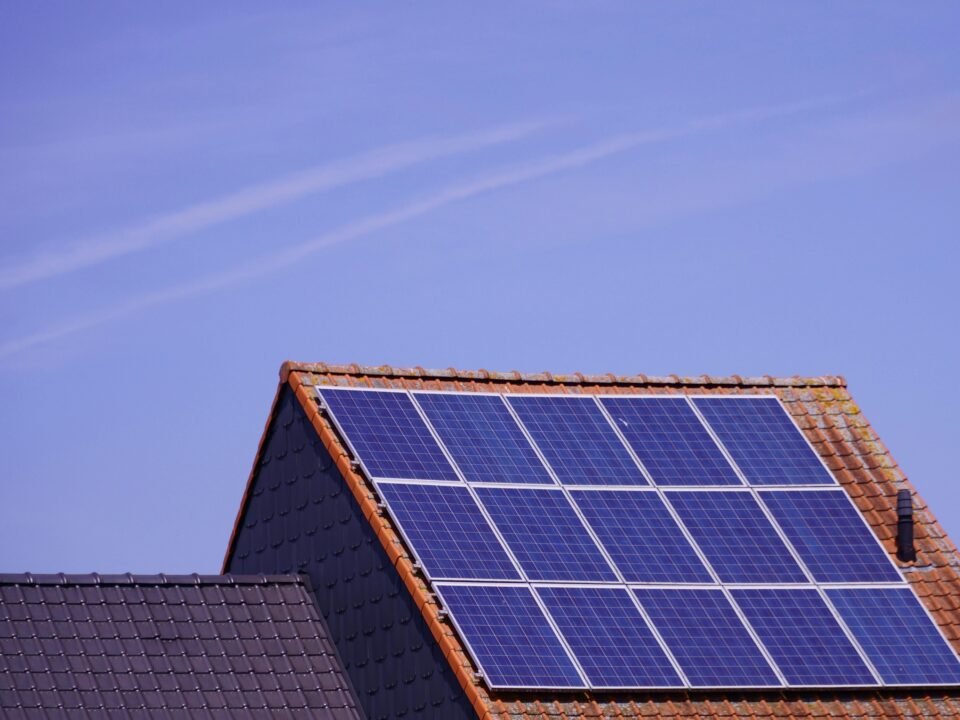In the global quest for clean, renewable energy sources, one form often remains under-discussed despite its immense potential—wave energy. As the world pivots toward greener solutions, it’s time to recognize why wave energy is a source of energy that deserves more attention. This blog explores the compelling reasons that make wave energy a viable and promising addition to the renewable energy landscape.
What Is Wave Energy?
Wave energy is generated by harnessing the kinetic and potential energy of ocean waves. As wind blows over the surface of the sea, it transfers energy to the water, creating waves. These waves, in turn, can be captured by specialized devices to produce electricity. From floating buoys to submerged pressure systems, the methods of harvesting wave energy are evolving quickly.
In essence, wave energy is a source of energy that utilizes the vast and continuous movement of the ocean to generate power—without releasing greenhouse gases or depleting finite resources.
1. Abundant and Predictable Resource
One of the top reasons why wave energy is a source of energy worth exploring is its sheer abundance. Oceans cover over 70% of the Earth’s surface, and waves are constantly in motion. This makes not only renewable but also extremely plentiful.
Additionally, wave patterns are more predictable than solar or wind energy. While the sun doesn’t shine at night and wind can be erratic, wave activity is continuous and follows reliable tidal cycles. This predictability allows for more accurate forecasting and consistent energy generation.
2. High Energy Density
Compared to other renewable sources, wave energy has an impressively high energy density. For instance, waves can carry hundreds of times more energy per square meter than wind. This means that installations require less space to generate the same amount of power.
Because of this density, a relatively small wave energy system has the potential to power entire communities, especially those located along coastlines. It underscores how wave energy is a source of energy that can efficiently meet rising energy demands without occupying vast land areas.
3. Minimal Visual and Environmental Impact
One common concern about renewable projects like wind farms and solar panels is their visual impact on landscapes. Wave energy systems are typically located offshore or below the water surface, making them virtually invisible from the shore. This makes them ideal for regions concerned about preserving natural aesthetics and tourism.
Moreover, when designed thoughtfully, systems have a relatively low environmental impact. Unlike fossil fuels, they do not emit pollutants or carbon dioxide. In addition, some designs can even serve dual purposes—acting as artificial reefs or marine habitat enhancements.
4. Synergy with Other Renewable Sources
Wave energy can complement other renewable energy sources like solar and wind. For instance, while solar panels generate power during the day and wind turbines work best in strong gusts, wave energy can provide a more constant supply.
By integrating wave energy into the grid, it’s possible to smooth out the fluctuations caused by other renewables. This synergy improves energy reliability and reduces dependence on backup fossil-fuel power plants. It’s another reason why wave energy is a source of energy that can play a vital role in a balanced, resilient energy system.
5. Economic and Job Growth Potential
As wave energy technology develops, it opens the door to new industries, investments, and job opportunities. Coastal regions can particularly benefit from infrastructure projects, research centers, and maintenance facilities associated with wave energy.
The sector also encourages innovation in engineering, robotics, and marine sciences. Governments and private firms are increasingly funding pilot projects and startups, indicating that is not just an environmental solution but also an economic driver.
6. Energy Independence for Coastal Communities
Many coastal and island communities rely on imported fossil fuels for power, which can be costly and unreliable. Wave energy offers a local alternative that can reduce dependence on external sources and lower energy costs over time.
Since wave energy is a source of energy that taps into the local ocean environment, it empowers communities to take control of their energy future. With localized generation, transmission losses are minimized, and grid stability improves.
7. Long-Term Sustainability
Sustainability is at the heart of . Unlike finite sources like coal or oil, the ocean’s waves will continue as long as the Earth has wind and water. This makes a true long-term solution for clean electricity generation.
Furthermore, once the infrastructure is in place, operational costs are low, and maintenance can be managed efficiently with modern technology. Over the lifespan of a system, the return on environmental and economic investment is substantial.
8. Technology Advancement and Global Momentum
As of today, numerous countries—including the UK, Portugal, Australia, and the United States—are investing heavily in wave energy research and development. The technology is progressing rapidly, from early prototypes to grid-connected wave farms.
With advancements in materials, AI-driven monitoring, and robotics, the efficiency and resilience of systems are improving. Global cooperation and funding are helping accelerate commercialization, proving that is a source of energy whose time has truly come.
Challenges and the Way Forward
Despite its promise, wave energy does face challenges—chief among them being high initial costs, environmental permits, and technological complexity. However, these are not insurmountable. As with solar and wind, early barriers can be overcome with continued investment, innovation, and supportive policy frameworks.
To unlock the full potential of , governments and industries must collaborate on standardization, funding mechanisms, and public education.
Conclusion
In summary, wave energy is a source of energy that offers immense promise for a cleaner, more reliable, and more sustainable future. From its high energy density and predictability to its low environmental footprint and economic potential, checks all the right boxes for modern energy needs.
As we strive to meet global climate goals and ensure energy equity for all, eserves a central role in our renewable energy mix. Now is the time to ride the wave of innovation and invest in this powerful natural force.



